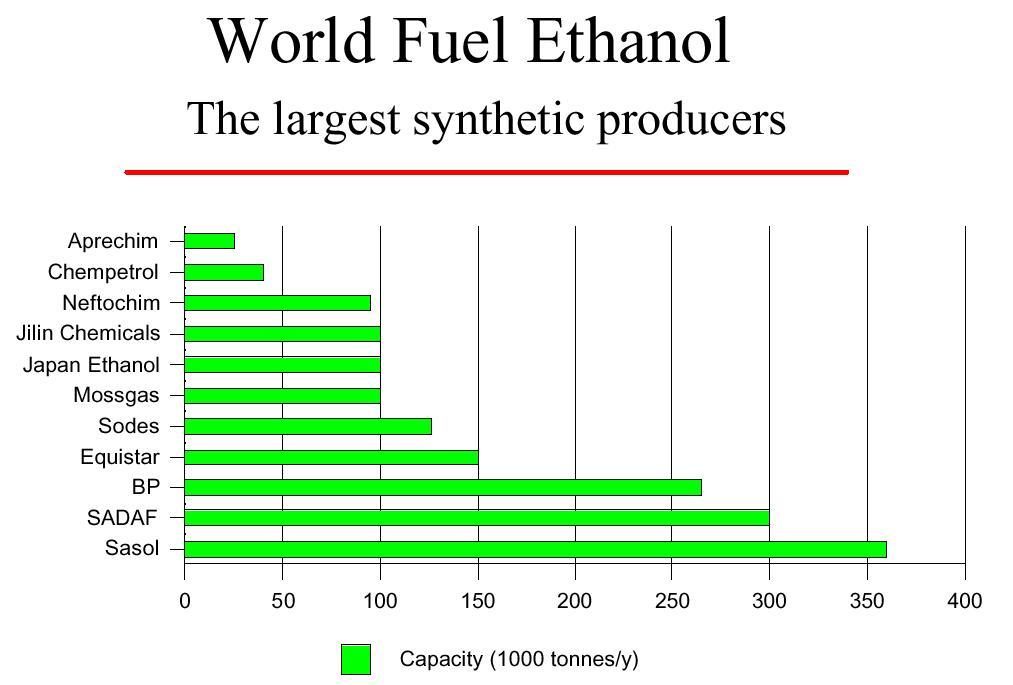The Bio-ethanol Industry
Billions of gallons of ethanol are produced annually both from renewable (bio-ethanol) and petroleum (synthetic ethanol) resources. The two are chemically indistinguishable. And as the Renewable Fuels Standard of January 2006 moves forward, distinguishing between the two is necessary and practical for three reasons:
- For source and tax accounting purposes.
- Verification of the quantity of bio-ethanol in the blend.
- Upholding the integrity of the Renewable Fuels Standard with regard to its intent to apply solely to bio-ethanol.
ASTM D6866 is the US government-approved method for determining the renewable/biobased content of natural range materials, including ethanol additives, biodiesel additives, and other biobased products. The method is used routinely by the USDA in the identification of biobased products and is applied without modification for the identification and quantification of bio-ethanol.
Biobased Content Testing Bio-ethanol
Identifying the origin of ethanol serves four significant purposes:
- It protects the interests of biomass producers and investors investing in bio-ethanol production.
- It provides a means to ensure imported ethanol claimed to be bio-ethanol is correctly and honestly cited.
- It deters fraud or otherwise dishonest representation of ethanol as bio-ethanol for the purposes of tax credits.
- It provides a single number reference (using ASTM D6866) to be added to accounting requirements associated with the tax credits, distribution, utilization, and consumption of bio-ethanol.
Of particular concern for the bio-ethanol industry is ethanol produced from fossil fuels. Synthetic ethanol is chemically indistinguishable from renewable ethanol produced from biomass.1
Protecting the interests of biomass producers and investors investing in bio-ethanol production is paramount to the success of the domestic ethanol economy. Most industry leaders in this sector are unaware that synthetic ethanol is readily available from domestic and foreign petroleum producers. Although synthetic ethanol is chemically indistinguishable from bio-ethanol, it can be directly distinguished using ASTM D6866.
The graph below shows the amount of synthetic ethanol produced by the world’s largest synthetic ethanol producers.
 |
1. Dijs, Ivo J; van der Windt, Eric; Kaihola, Lauri; van der Borg, Klaas. QUANTITATIVE DETERMINATION BY 14C ANALYSIS OF THE BIOLOGICAL COMPONENT IN FUELS. RADIOCARBON, Vol 48, Nr 3, 2006, p 315-323.